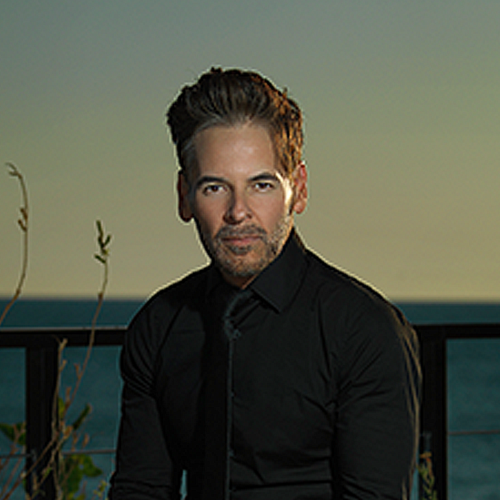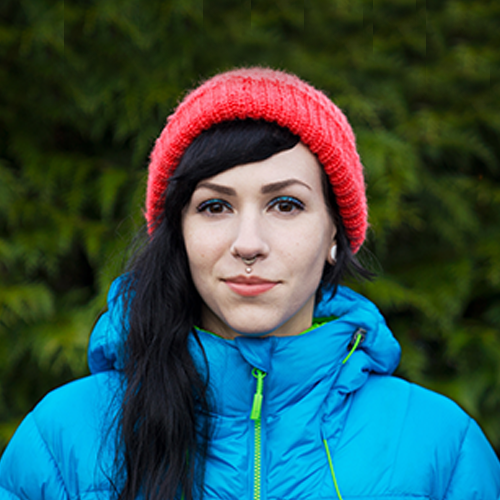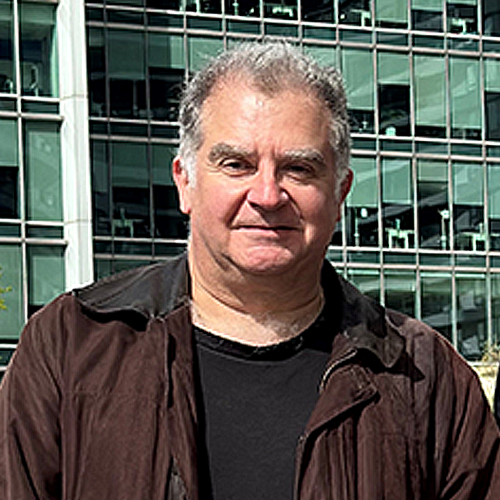
Datacolor is transforming visual content creation forever.
Going way beyond screen calibration.
SpyderPro

SpyderPro
Datacolor is transforming visual content creation forever.
Going way beyond screen calibration.

SpyderPro
SpyderPro redefines what a calibration tool can be, delivering color accuracy + revolutionary tools no one else has.
Features Highlights:
- Export 3D LUT (.cube)
- Simulate Across Devices/Print + Batch Edit with Ease
- Embed Content Credentials for Trusted Visuals
- Sync with Light Meters for More Accurate Calibration
- Calibrate Displays up to 12,000 nits

MEET THE ALL- NEW SPYDER ECOSYSTEM
Precise display calibration. One device. Endless creativity.
It’s the only screen optimization system designed to unlock powerful new features with a simple software upgrade – no new hardware needed. Whether you’re just starting out or leveling up, it’s a smart investment that evolves with your creativity.

What Is Monitor Calibration?
Think of it like tuning a musical instrument—but for your screen. Spyder tools help you adjust your monitor, so colors look accurate, consistent, and true-to-life. No more guessing if your reds are really red.
Tune your display.
From Lens to Launch: Datacolor Powers Your Workflow

LightColor Meter
Measures light and color temperature in real time, connecting via Bluetooth to your phone through the free Datacolor app.
Trusted by Creators for Over 25 Years
Photo Credit: O. Rufus Lovett
Join a global community of visionary creatives who see the world in true color.












